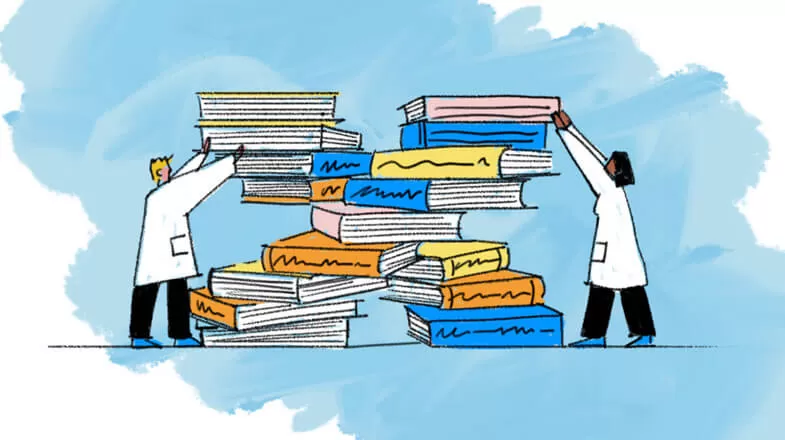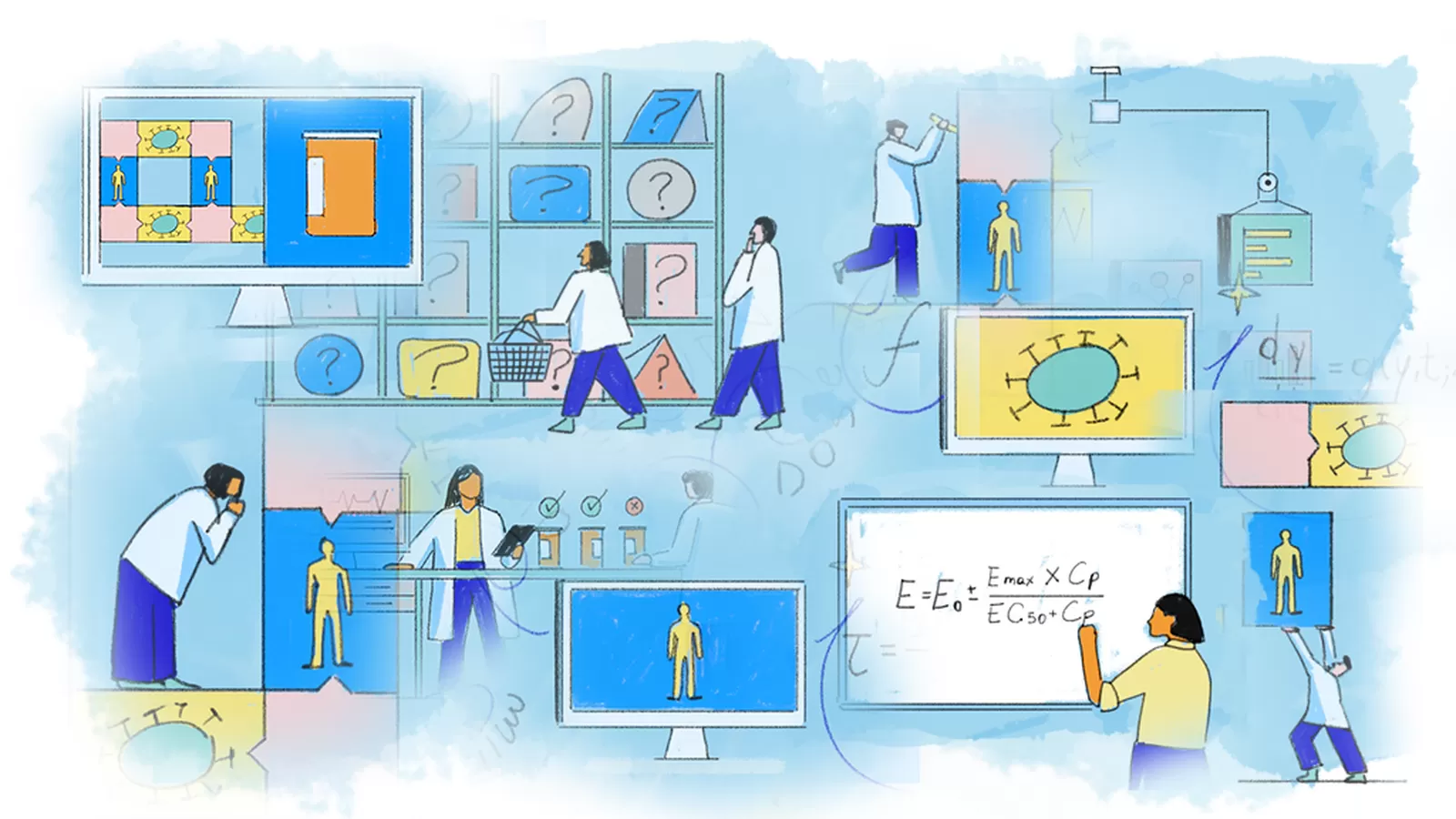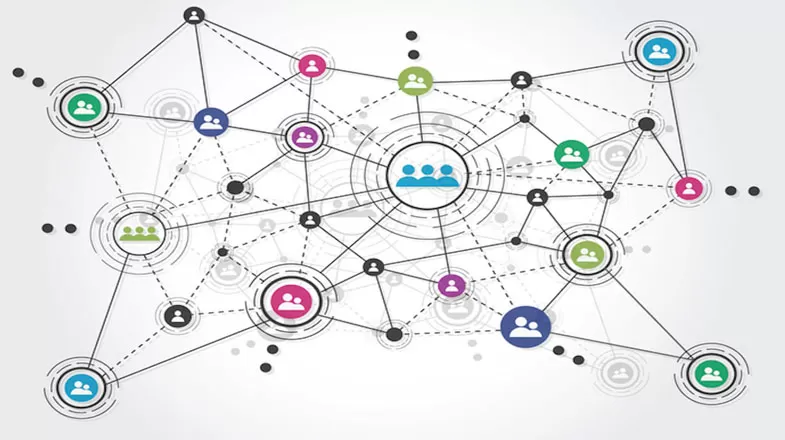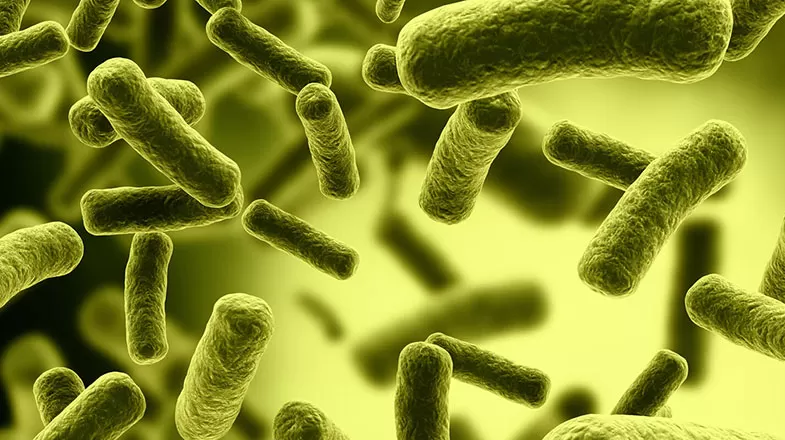Research Articles
Featured Articles
Read our latest stories on the people and scientific innovations making a difference in patients’ lives.

Science & Innovation
Pharma Peers Unite to Build DNA-Encoded Libraries
Finding tools and hits for targets in drug discovery can feel like hunting for four leaf clovers in a blizzard. And researcher Sylvie Sakata was close to giving up on one discovery tool, DNA-encoded libraries, when a new consortium started to fall into place. Now this technology is garnering more interest for its potential to discover new molecular compounds, known as “hits,” to exponentially impact the early research efforts that can lead to potential new medicines.Sakata is the Head of...

Science & Innovation
What You Need to Know About a Promising Vaccine Candidate that May Stem the Growing Risk of Lyme Disease
Lyme disease is the most common vector-borne illness in the United States.1 The U.S. Centers for Disease Control and Prevention (CDC) says that state health departments reported over 63,000 cases in 2022.2 However, the CDC uses other methods to estimate that approximately 476,000 people in the U.S. may be diagnosed and treated for Lyme disease annually.2In other words, the estimated number of Lyme disease cases in the U.S. seems to be much higher than what is being reported to public health...

Science & Innovation
Mathematical Sandbox: How Quantitative Systems Pharmacology Steers Safer, Faster Drug Development
Fear and anxiety swirled when Dr. Cynthia J. Musante’s husband contracted COVID-19. He faced a greater risk of coming down with a severe case since he was already unwell.But all their worries vanished in just 24 hours.Dr. Musante recalls that her husband soon started to feel better after being prescribed an investigational oral treatment for those with COVID-19. “It felt like a miracle,” he said. “I had felt so horrible.”As relief settled in, Dr. Musante felt something else: pride.After all...

Science & Innovation
From Math to Medicine: What Are Mathematical Models and How Do They Predict Pharmacology?
It sounds strange, but predicting how medications impact diseases and the body is a lot like forecasting the weather.To understand why, imagine opening a weather app on your smartphone to check the forecast for the upcoming weekend. You see that it’ll be sunny, 72 degrees, with a slight breeze—perfect weather. But how did scientists predict those precise physical conditions so far in the future?The answer: mathematical models.Scientists across disciplines use mathematical models to make...

Science & Innovation
The Challenges of Defining, Understanding, and Addressing Long COVID
Years have passed since COVID-19 was declared a global pandemic. And though some immunity (acquired by vaccination or through a combination of vaccination and prior infection) allows people to reincorporate some of the lifestyle and activities that they used to enjoy, the virus continues to significantly impact patients, health systems, and economies around the world. In addition to the devastating effects that acute infection can have on those at high risk for severe illness, so-called long...

Science & Innovation
The Science Behind Migraine and Headaches
If you've never had a migraine attack, it’s hard to imagine how a headache can knock someone out of commission. Perhaps you've even referred to a headache as “having a migraine.” But if you're among the one billion people worldwide who lives with migraine, you fully understand how debilitating an attack can be.1 The pain, nausea, and sensitivity to light and sound can make it impossible to work or care for your family. No wonder migraine is the second leading cause of disability.2 Understandin...

Science & Innovation
Zinc Finger Transcription Factors: The On/Off Switch for Genes Inspired by Frogs
Have you ever noticed how effortlessly frogs cling to nearly every surface? Their sticky little fingers easily grab and hold onto just about anything they want. It turns out that the frogs have protein structures that do the same thing, and these structures could be the key to unlocking therapies for amyotrophic lateral sclerosis (ALS) and frontotemporal dementia (FTD), two of the most debilitating neurological conditions affecting millions of people today. While studying the African clawed...

Science & Innovation
How to Manage High Blood Pressure (With the Help of a Few Giraffes)
People have long adored giraffes for their friendly faces, their tall and somewhat strange stature and, of course, those impossibly long necks. Now, researchers believe that giraffes may also offer physiological insights into certain health conditions. With a neck that can be longer than six feet, giraffes seemingly should struggle with the consequences of high blood pressure, also known as hypertension, because of their blood's substantial uphill climb from the heart to the brain. But they...

Purpose & Ideals
Why Medicine Flavor Matters in Drug Design, Especially for Kids
Medicines don’t work unless people take them. It sounds like an obvious statement. And yet, a large percentage of people—up to 50%1 even—struggle when it comes to swallowing medications. Medicine flavoring has been a big part of the problem. For more than a decade, Jeremy Bartlett, Ph.D., a Research Fellow with Pfizer Drug Product Design in Groton, Connecticut, has been working to solve that problem. “We work in pharmaceutical sciences, and if we develop a medicine you’re supposed to take and...

Moving Beyond Clinical Trials: 4 Lessons From Real-World Data
Clinical trials continue to be the gold standard for studying the safety and efficacy of a new medicine. They are designed to take place in very controlled environments, in a well-defined population, to understand the effects of a medicine on the specific patients; however, these experimental conditions don’t always represent “real world” settings. In recent years, drug makers, doctors and health insurance companies have been increasingly turning to real-world data to answer questions that...

How Finland’s Unique Genetic Heritage Is Being Used to Study the Links Between Genes and Diseases
The unique genetic heritage of the Finns — marked by repeated population bottlenecks and isolation from their neighbors in northern Europe — is helping scientists embark on a search for the complex links between genes and diseases. Finland also has a robust network of biobanks, and the country has passed laws that make the voluminous biobank data accessible to researchers. The combination of those two factors has set the stage for the FinnGen study, which began in the fall of 2017 and will...

Science & Innovation
Tackling Antibiotic Resistance
Pfizer and industry partners present roadmap for overcoming the threat that resistance poses. In an unprecedented collaboration, today, Pfizer and 13 industry partners released a comprehensive plan of action that lays out four key commitments we pledge to deliver by 2020 to reduce the rising incidence of antimicrobial resistance. Antimicrobial resistance is a natural process by which bacteria and other microbes develop resistance to the drugs commonly used to treat infections, including...
Media Resources & Contact Information
Anyone may view our press releases, press statements, and press kits. However, to ensure that customers, investors, and others receive the appropriate attention, Pfizer Media Contacts may only respond to calls and emails from professional journalists.
